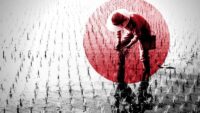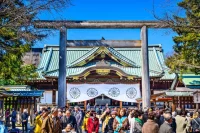
Japan must do more, and faster, to avert war over Taiwan
Most world leaders, including President Biden and Japanese Prime Minister Fumio Kishida, agree that the defense of Taiwan is crucial for regional security. But most options for improving deterrence will take too long. Building Taiwan’s self-defense, developing more U.S. firepower in the region, creating the economic resilience to make severe sanctions feasible: None of these will come to fruition before 2030.
Japan could change the game now. Allied forces, responding immediately and en masse, have a chance of thwarting a Chinese invasion, according to a recent report from the Center for Strategic & International Studies. But, in meetings with high-level officials in Tokyo last month, I sensed a mismatch between talk and walk.… Seguir leyendo »
















